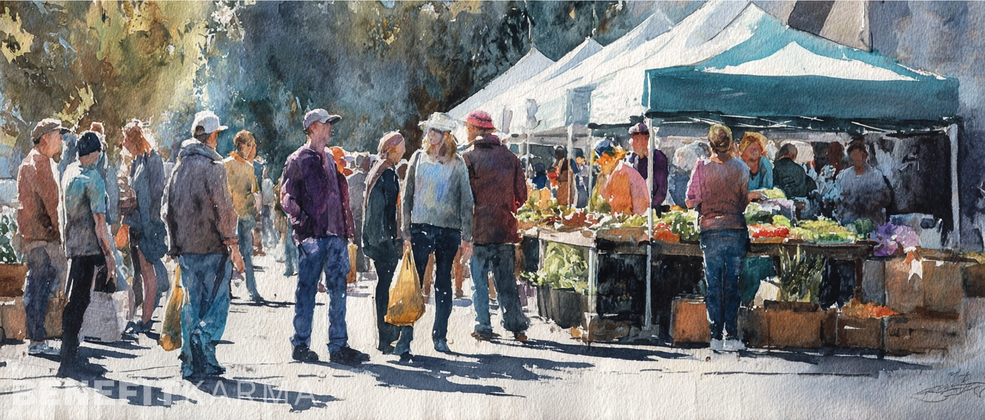
Unexpected Places You Can Use SNAP Benefits
5 min read
If you get Supplemental Nutrition Assistance Program (SNAP) benefits, you probably use your EBT card at a nearby grocery store. But SNAP can go further than you think, covering food at farmers markets, select warehouse clubs, online grocery sites, and more. Knowing where your card works helps you stretch every dollar, especially when you don’t have time (or gas) for a big store run.
Before you head out, start with a quick search. The SNAP Retailer Locator shows every approved store near you: big chains, small corner shops, specialty markets, even some farm stands. It updates often, so it’s the fastest way to spot new places that now take EBT.
BenefitKarma makes it simple to understand where and how your benefits apply. Sign up for a free BK account to get plain-English guides and personalized tips on maximizing SNAP and other programs.
To see every outlet that accepts SNAP, use the SNAP Retailer Locator.
Open the SNAP Retailer Locator.
Type your address, city, or ZIP code, then select your search radius (e.g., 1–10 miles).
Switch between Map and List view to compare options quickly.
Click a store pin/name to see the full details (address, phone, directions).
Look for “online purchasing” notes where available (some stores support EBT for pickup or delivery).
Call ahead if you’re unsure about what’s covered (cold deli items vs. hot, bakery rules, etc.).
Save a few favorites so you have backups if a store is out of stock or farther than expected.
Unexpected Places You Can Use SNAP Benefits
But if you're generally curious about the types of non-grocery stores that accept SNAP's government food assistance benefits, take a look at this list:
1. Farmers Markets
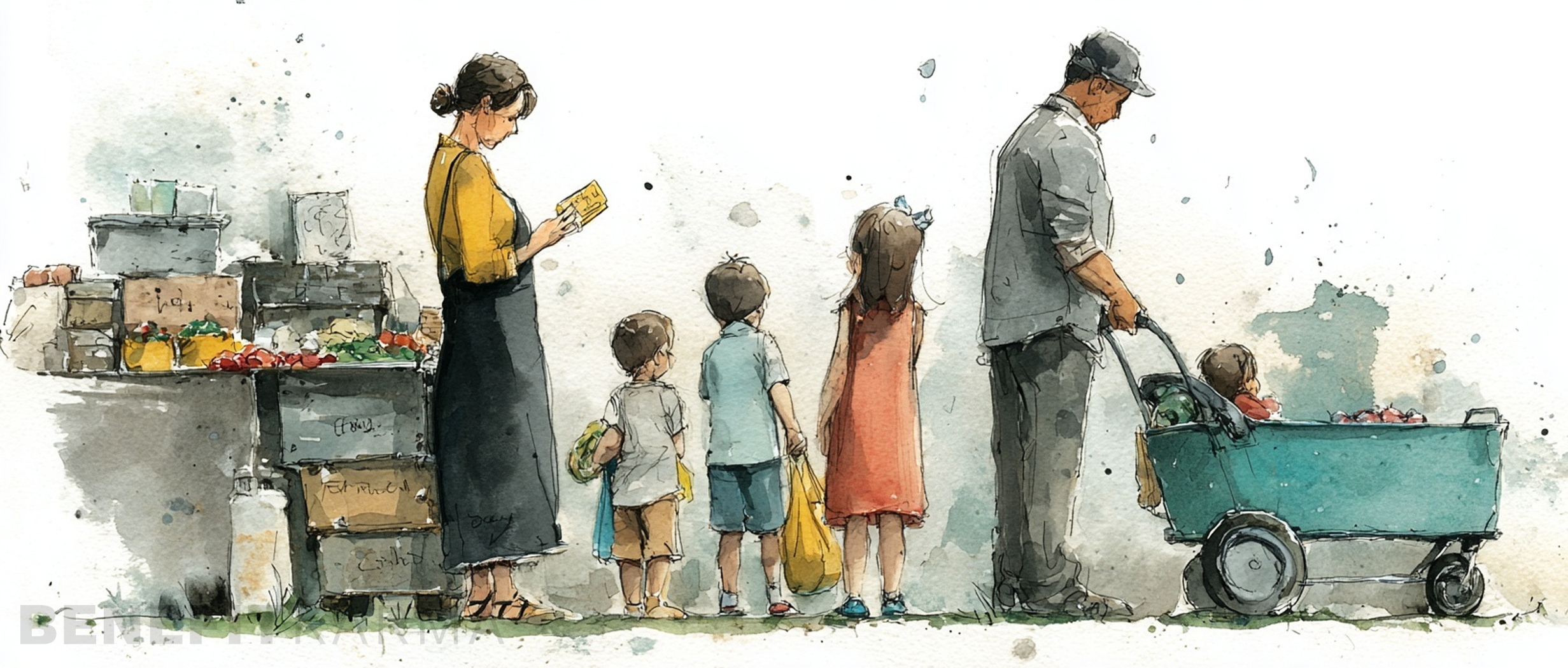 Many markets accept the Electronic Benefit Transfer (EBT) card for SNAP, and some offer “double-up” matching for fruits and vegetables, turning $10 of benefits into $20 in produce. Ask the info booth how to swipe your card and get tokens or market credits.
Many markets accept the Electronic Benefit Transfer (EBT) card for SNAP, and some offer “double-up” matching for fruits and vegetables, turning $10 of benefits into $20 in produce. Ask the info booth how to swipe your card and get tokens or market credits.
2. Convenience Stores
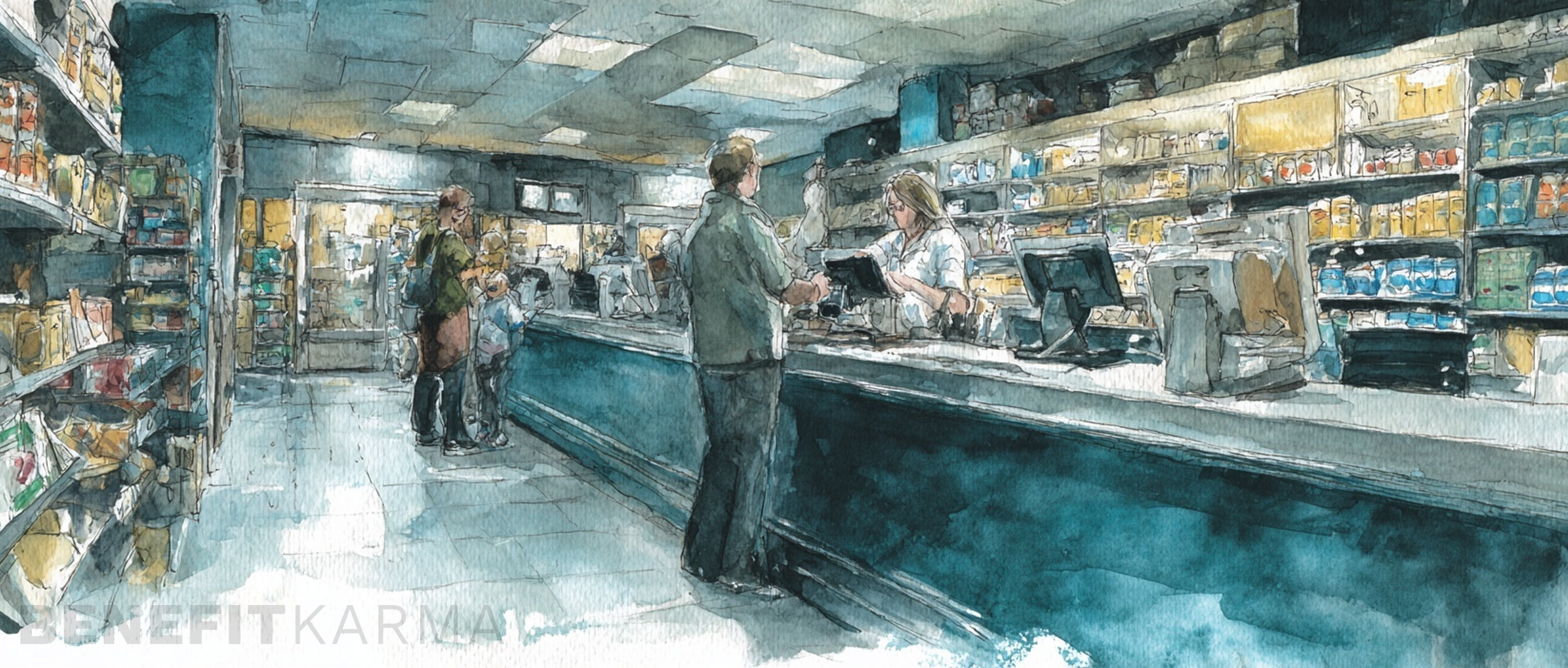 Small corner stores and big chains often take EBT. Selection can be limited, but these shops are clutch for milk, eggs, bread, canned goods, and quick snacks when you’re short on time.
Small corner stores and big chains often take EBT. Selection can be limited, but these shops are clutch for milk, eggs, bread, canned goods, and quick snacks when you’re short on time.
3. Warehouse clubs
 You can use SNAP at Sam’s Club, Costco, and BJ’s locations that are authorized retailers. You’ll still need a membership, but buying staples in bulk can lower your per-meal cost.
You can use SNAP at Sam’s Club, Costco, and BJ’s locations that are authorized retailers. You’ll still need a membership, but buying staples in bulk can lower your per-meal cost.
4. Online grocery pickup and delivery
 Large retailers (like Amazon and Walmart) and many regional grocers accept EBT online for pickup (and in some areas, delivery). Fees, tips, and delivery charges aren’t covered by SNAP, so check totals before you pay.
Large retailers (like Amazon and Walmart) and many regional grocers accept EBT online for pickup (and in some areas, delivery). Fees, tips, and delivery charges aren’t covered by SNAP, so check totals before you pay.
5. Community-supported agriculture (CSA) boxes
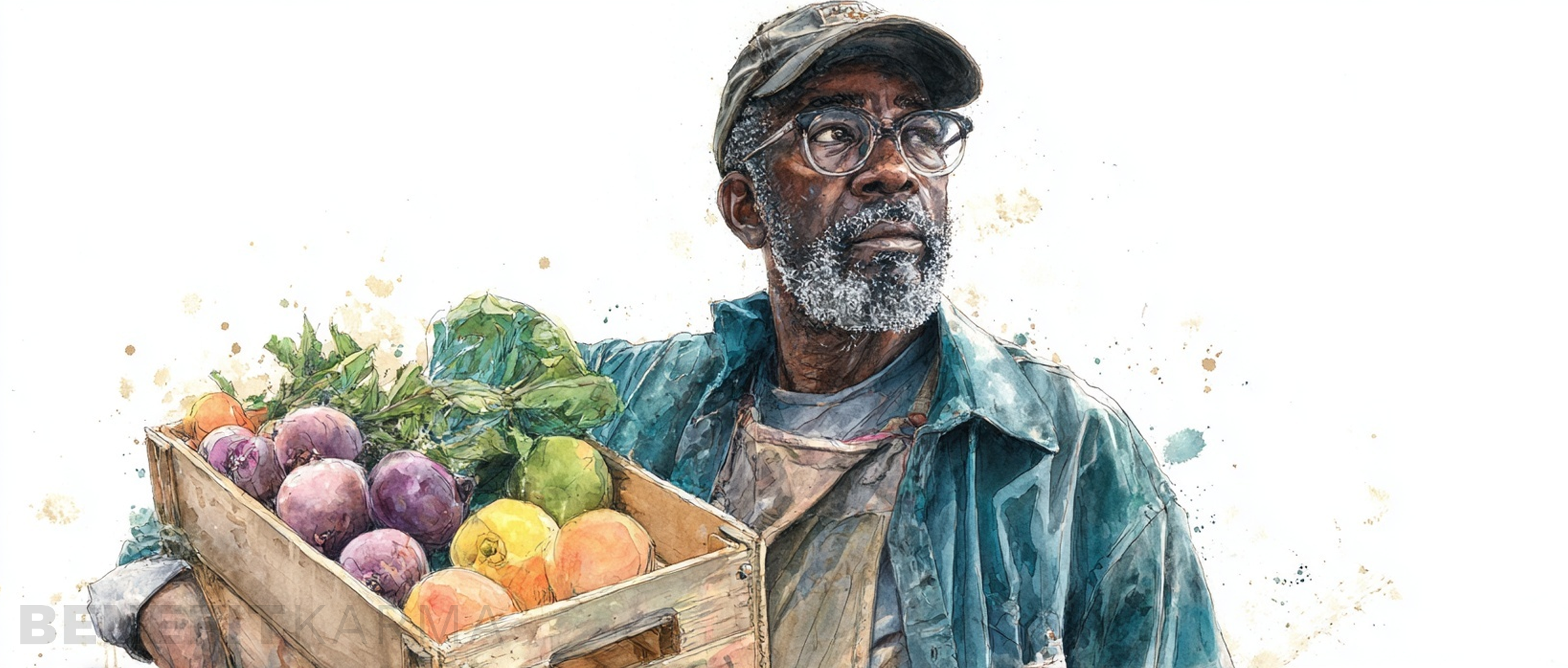 In some areas, SNAP can cover weekly or monthly Community Supported Agriculture (CSA) shares from local farms. It’s an easy way to get fresh, in-season produce; some programs also offer matching dollars.
In some areas, SNAP can cover weekly or monthly Community Supported Agriculture (CSA) shares from local farms. It’s an easy way to get fresh, in-season produce; some programs also offer matching dollars.
6. Deli counters and bakeries
Many shoppers think SNAP only works for packaged groceries, but you can also use your EBT card at supermarket deli counters and bakeries. Cold items like sliced deli meats, cheeses, fresh bread, cakes, and even cold-prepared foods from the salad bar are eligible. The catch is that SNAP doesn’t cover hot, ready-to-eat meals; so if it comes heated, it’s off limits (although the proposed Hot Foods Act would change that).
7. Specialty and ethnic grocers
 Many co-ops, health-food stores, and ethnic markets are authorized SNAP retailers. It’s worth checking the locator (and calling) to find staples and specialty items your family uses every week.
Many co-ops, health-food stores, and ethnic markets are authorized SNAP retailers. It’s worth checking the locator (and calling) to find staples and specialty items your family uses every week.
8. Limited exception: the Restaurant Meals Program (RMP)
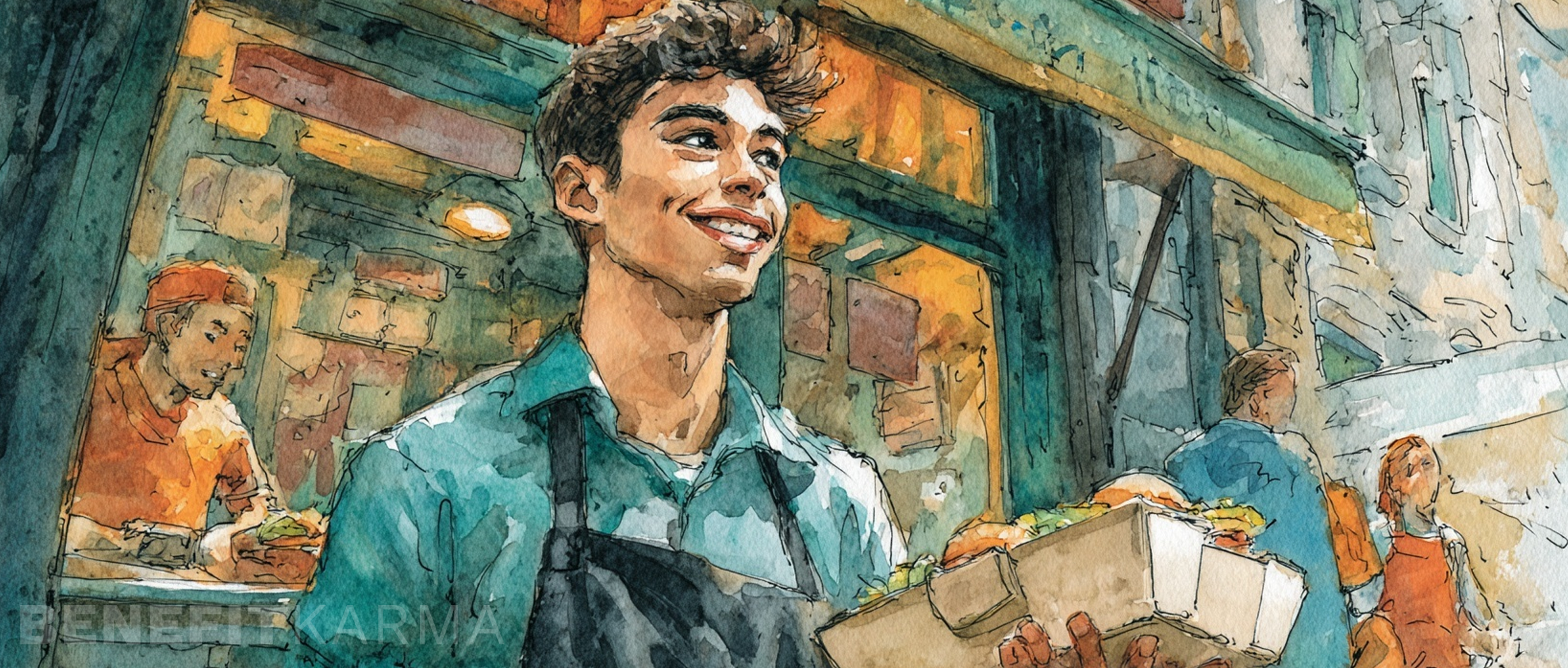 In specific states/counties, eligible older adults, people with disabilities, and people experiencing homelessness may use SNAP at approved restaurants through RMP. Availability is limited and local, check the locator and your state agency for details.
In specific states/counties, eligible older adults, people with disabilities, and people experiencing homelessness may use SNAP at approved restaurants through RMP. Availability is limited and local, check the locator and your state agency for details.